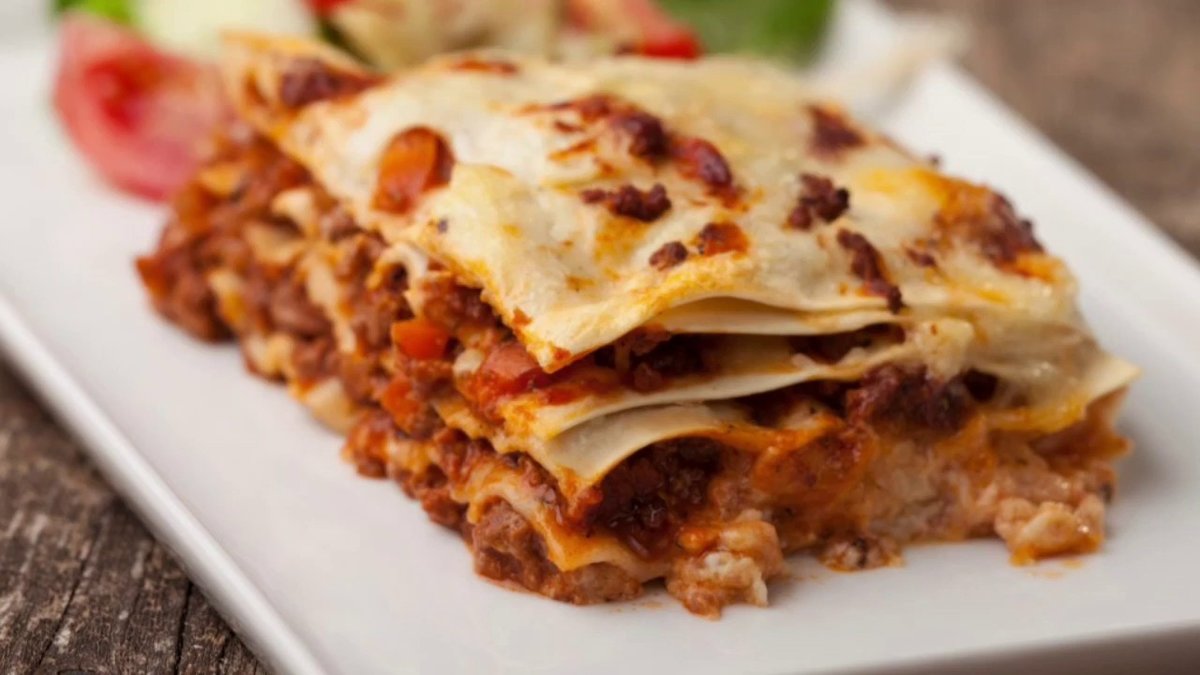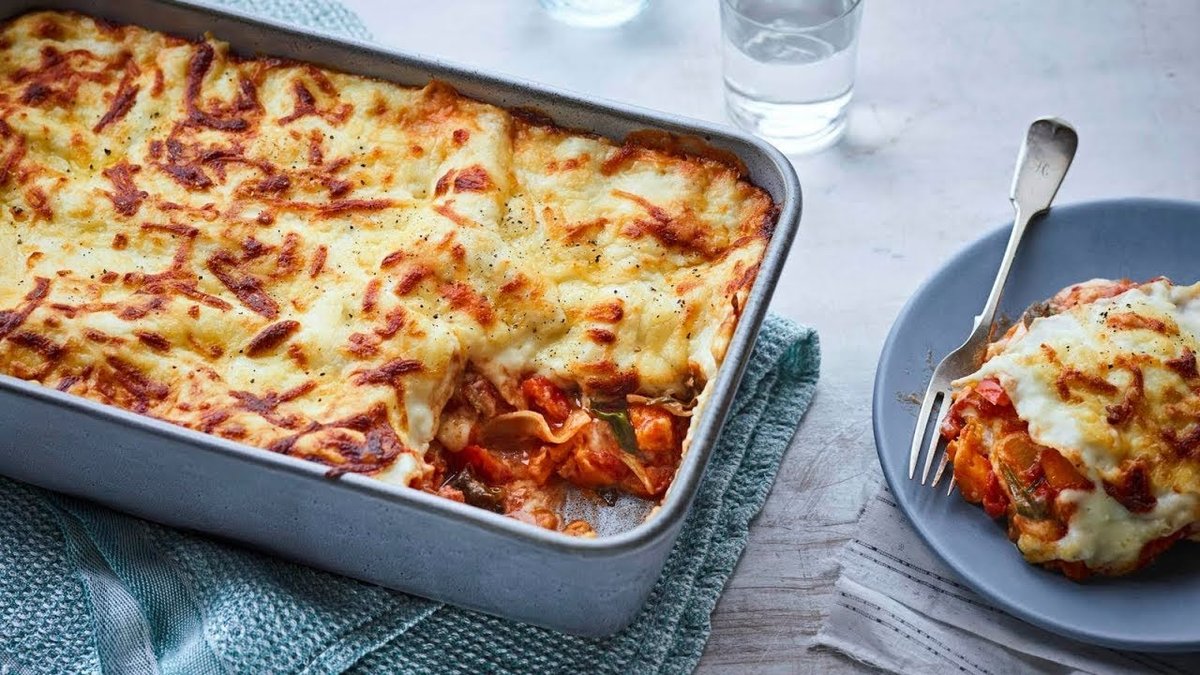A legacy of innovation, quality, and culinary experience.
Read our NewsletterDiscover 10 most common mistakes to avoid when cooking lasagna. Learn expert tips for perfect layering, baking, and flavor to make your lasagna taste amazing every time.
Lasagna is a comforting dish that many people associate with family gatherings, Sunday dinners, and hearty celebrations. However, making a perfectly baked lasagna isn't as simple as layering noodles, sauce, and cheese. It's a delicate balance of ingredients, time, and technique that can easily go wrong. Whether you're a seasoned cook or trying lasagna for the first time, understanding the most common mistakes and how to avoid them can lead to a beautifully layered, flavorful lasagna every time.
In this blog, we will highlight the 10 most frequent errors that can occur when preparing lasagna and provide practical tips on how to avoid them. By the end, you'll be equipped with all the knowledge you need to cook lasagna like a pro, ensuring each bite is rich, flavorful, and perfectly balanced.
Mistake:
One of the most common mistakes when making lasagna is not prepping the noodles properly. Many people skip the step of boiling the noodles or, if using no-boil noodles, fail to adjust the sauce consistency to compensate for the noodles' extra absorbency.
Solution:
If you're using regular lasagna noodles, always cook them until they are al dente before layering them in the lasagna. This ensures they don’t become too soft or mushy during baking. For no-boil noodles, ensure your sauce is slightly more liquidy to allow the noodles to soften as they bake. Always follow the specific directions for whichever type of noodles you’re using.
Mistake:
Overcooking the noodles before layering them can lead to a soggy lasagna. Overcooked noodles will absorb too much sauce and vegetables during baking, resulting in a mushy texture.
Solution:
Cook your noodles just until al dente and then drain them immediately. You want them to still have some firmness so they hold up during the layering and baking process. If you are using no-boil noodles, simply adjust your sauce consistency as mentioned above.
Mistake:
While sauce is a key element in lasagna, using too much can cause it to become soggy. If the noodles are swimming in sauce, they won't bake properly, and the layers will break down.
Solution:
The key is to use enough sauce to coat the noodles without drowning them. Spread a thin layer of sauce on the bottom of the pan to prevent sticking, and then layer the noodles with a moderate amount of sauce, cheese, and meat. It’s better to go light on the sauce and add more later if needed.

Mistake:
Lasagna is all about layers, but many home cooks make the mistake of not layering ingredients evenly. This leads to uneven cooking and portions of the lasagna with too much sauce or too little.
Solution:
When layering your lasagna-like pasta, be sure to spread each layer evenly across the pan. Use a spatula to smooth out the sauce, meat, and cheese so that each bite will be balanced. Take your time with this step; it may seem tedious, but it makes all the difference in the final result.
Mistake:
Cheese is what makes lasagna creamy, rich, and delicious. Skimping on cheese, or worse, leaving it out entirely, can result in a lasagna that’s dry and lacking in flavor.
Solution:
Use a generous amount of mozzarella for gooeyness, ricotta for creaminess, and Parmesan for that sharp, savory kick. A combination of all three will give your lasagna the right balance of textures and flavors. Don’t forget to sprinkle cheese between each layer, and top the lasagna with a good coating of cheese before baking to create a golden, bubbly crust.
Mistake:
Stacking too many ingredients in a single layer can make your lasagna too dense. This not only affects the texture but also prevents the dish from cooking evenly.
Solution:
Keep your layers thin and evenly distributed. Avoid overloading each layer with too much sauce, cheese, or meat. It’s better to do more layers with a moderate amount of ingredients than to pile everything on one layer and risk uneven cooking.
Mistake:
Many people make the mistake of cutting into their lasagna immediately after it comes out of the oven. This can cause the layers to collapse, and the dish will lose its structure.
Solution:
Once your lasagna is baked, let it rest for 10 to 15 minutes. This allows the layers to set and makes it easier to slice. It also lets the sauce cool slightly so it doesn't spill out when you cut into it.
Mistake:
A bland meat sauce will leave your lasagna tasteless. Many cooks forget to properly season the meat or over-rely on the cheese to carry the flavor.
Solution:
Season your meat sauce generously with salt, pepper, herbs (like basil and oregano), and garlic. Add a splash of red wine or a teaspoon of sugar to balance the acidity of the tomatoes. Tasting as you go is key to ensuring the sauce has enough depth and flavor before assembling the lasagna.
Mistake:
Baking your lasagna uncovered for the entire duration can lead to a dry, overcooked top layer. It also prevents the cheese from melting evenly.
Solution:
Cover your lasagna with foil for the first 30 minutes of baking. This will trap moisture inside and allow the lasagna to cook evenly. For the last 10-15 minutes of baking, remove the foil to allow the cheese to brown and become bubbly.

Mistake:
Baking your lasagna at the wrong temperature can result in an undercooked or overcooked dish. Too high of a temperature can burn the cheese, while too low of a temperature can leave the noodles too firm or undercooked.
Solution:
Bake your lasagna at 180°C (350°F) for best results. This temperature allows the lasagna to cook thoroughly without burning the top layer. If you find that your cheese is browning too quickly, lower the temperature slightly and keep it covered with foil until the end.
Lasagna is a classic comfort food that’s beloved for its rich flavors and hearty texture. However, as with any dish, there are common mistakes that can make the difference between a perfect lasagna and a mediocre one. By avoiding the 10 mistakes discussed here, from improper noodle prep and uneven layering to overcooking and underseasoning, you can ensure that your lasagna turns out perfectly every time.
Take your time with the preparation, follow the tips and techniques shared, and don’t forget to rest your lasagna after baking to ensure the best results. With these simple adjustments, you’ll be able to make a lasagna that’s just as delicious as your favorite restaurant’s and maybe even better. Enjoy your next lasagna creation and impress your family and friends with a perfectly baked, flavorful dish!